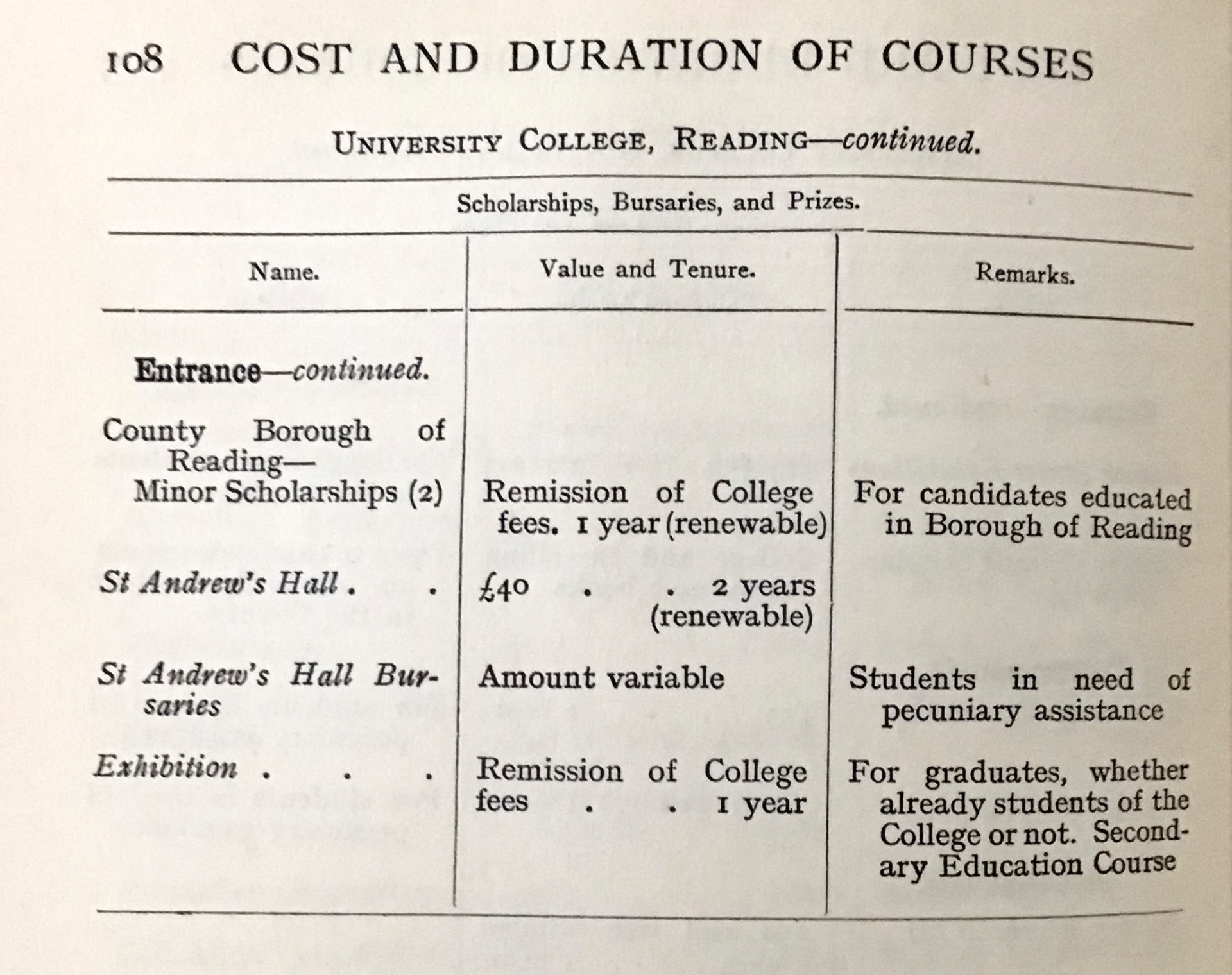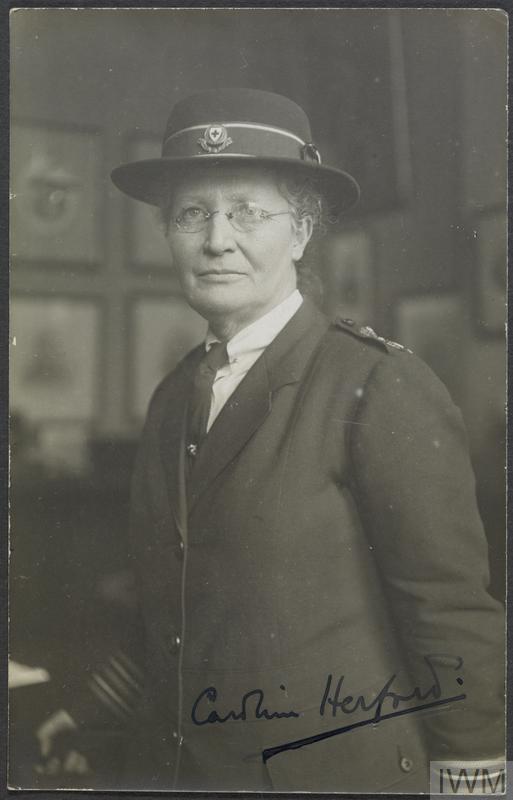In November 2022, Tony Hollander who had been a student at Reading in the 1950s contacted the University seeking information about one of his professors. Tony had studied Botany, Zoology, Geology and Education and was writing a memoir. I asked him about student life in the 1950s. There was much interesting material, but what intrigued me most was this extract from one of his emails:
‘A ragwee[k] prank in my time was to reveal the discovery of diamonds in the local Thames gravels. Its support from the geology department appeared in The Times. Further revelations led to the editor writing a lofty piece indicating his wounded pride and declaring the paper’s mistrust of any future work by the university!’
the times article
Sure enough, a search of the Times Digital Archive turned up these headlines from the issue of 14th February 1959:
‘DIAMONDS FIND NEAR THAMES
—–
CLAIM BY READING STUDENTS
—–
GEOLOGISTS DISCOUNT HOAX THEORY
—–
From Our Special Correspondent’
Apparently, three Reading students claimed to have found diamonds in an old gravel pit. Following instructions from the Geology Department they were keeping the location secret to avoid a ‘diamond rush’.
Although the article quoted experts who urged caution, and the Special Correspondent was aware that it was close to the annual rag day, the authenticity of the find was supported by Professor Percival Allen and Phoebe Walder of Reading’s Geology Department. The article was illustrated by two photographs of them examining the stones and subjecting them to tests.
Professor Allen assured The Times that, even though the stones were of industrial quality, he and his colleague were 99% confident that they really were diamonds.
Two days later
The original article had appeared on a Saturday; by the following Monday, it had become obvious that, to their extreme embarrassment, The Times and ‘Our Special Correspondent‘ had fallen for a carefully crafted hoax.
On Monday 16th February, therefore, a Times Editorial under the title ‘QUIS CUSTODIET’ began with an apology to readers and was followed by a vicious attack on Prof Allen. Some choice extracts appear below:
-
- ‘a pack of lies, told publicly and in his official capacity, by PROFESSOR ALLEN, who is head of the Geology Department of Reading University.’
- ‘PROFESOR ALLEN is quite unrepentant. Indeed, he is feeling rather pleased with himself’
- ‘This sort of thing should remain the prerogative of youth.’
- ‘Dons should no more indulge in it than they should belong to roof climbing clubs or ‘debag’ one another in the course of celebrations after athletic victories.’
- ‘Until it [this discreditable affair] is cleared up, the public will be unable to know whether any future statement coming from Reading University is true or not.’
The same issue contained a further article from ‘Our Special Correspondent’ quoting Professor Allen as claiming that it was just ‘A bit of harmless fun in a good cause’, that it was such an obvious hoax that nobody should have been duped, and that scientists shouldn’t take themselves too seriously. Apparently, the originator of the idea had been Dr Roland Goldring, a newly-appointed colleague in the Geology Department, aided and abetted by his wife.
Further Developments
There were letters to the press; there were radio and television interviews; Allen’s failure to apologise caused irritation at The Times and elsewhere. An anonymous letter demanded that he resign and ‘make room for a man with a mature mind.’
A firm of toolmakers in Leeds asked (presumably tongue in cheek) for a quotation for cheap industrial diamonds.
There was a semi-humorous article in the New Scientist suggesting that Allen’s actions resulted from the ‘intellectual isolation’ of working in a ‘small-town’ university. Allen’s response raises a serious point about the dangers of what he referred to as ‘the cult of the expert’:
‘Most people and newspapers appear to have used their common sense about the diamond ‘strike’ and drawn the obvious conclusion. But a few preferred to believe the promulgations of a professor against the run of the remaining (and intentionally available) evidence.’
A surprising aspect of the affair was the apparent failure of the University to engage with it. When The Times asked Sir John Wolfenden, the Vice-Chancellor, whether the University Council had discussed it, he responded that, ‘Presumably … no member of the council thought that any useful purpose would be served by raising it.’ (see Allen, 1982, p.120).
This, of course, was the public face of the University; who knows what went on behind the scenes!

More about Professor Percy (‘Perce’) Allen
Percival Allen had been a Reading student, registering in the Faculty of Science in 1936, graduating with first-class honours in 1939 and receiving his PhD in 1943.
In the same year, he became a Demonstrator in the Geology Department and then Assistant Lecturer in 1945. In 1952 he succeeded Prof. Hawkins (his own Professor) as Professor of Geology. He remained in post until 1982, interspersed by a spell as Dean of the Faculty of Science (1963-66).
On the Whiteknights Campus, the Allen Laboratory is named in recognition of his contribution to scientific research and to the University.

Clearly, the Diamond episode had done no harm to his career within the University; neither did it damage his wider reputation: he became a Fellow of the Royal Society (1973), was its Vice-President (1977-78 and 1978-79) and was President of the Geological Society of London (1978-80).
In one of his emails, his former student, Tony Hollander, remembers him thus:
‘Prof Allen was highly regarded. He established the Sedimentology section in the Geology department. When I asked him for advice about specialising he said that if I felt I could teach, this was a rare gift and that I should pursue it.’
Who was Phoebe Walder?
Phoebe S. Walder, BSc, was a member of the Geology Department from 1930 until 1965, initially as a Demonstrator and Museum Assistant, and finally as Senior Lecturer.

Tony Hollander remembered her well; she had been his ‘moral tutor’:
‘Phoebe Walder was widely seen as an amiable and motherly figure. She made mineralogy an accessible and attractive subject for me and was also assigned as my moral tutor. Both responsibilities were exercised with minimum personal intrusion. Mineralogy probably suffered neglect from this arms length approach. Moral dilemmas, when aired, were treated with kindness and patience.’
Post Script
Periodically, the sign outside the Allen Laboratory is ‘edited’ (presumably by students).

How would Allen have reacted? I doubt whether he would have been offended. In fact, he might have been disappointed by the lack of ambition. In his own words (Allen, 1982, p. 124):
‘I’ve no patience with timidity.’
Thanks
To Tony Hollander for his reminiscences and permission to quote from his emails.
To Professor Steve Musson, Head of School for Archaeology, Geography and Environmental Science, for confirming that I could use the photograph of Prof Allen.
Sources
Allen, P. (1982). The great diamond hoax. In C. Y. Craig & E. J. Jones (Eds.), A geological miscellany. Oxford: Orbital Press.
From Our Special Correspondent. “Diamonds Find Near Thames.” Times, 14 Feb. 1959, p. 6. The Times Digital Archive, link.gale.com/apps/doc/CS103504974/TTDA?u=rdg&sid=bookmark-TTDA&xid=49e2cde0. Accessed 20 Nov. 2022.
Holt, J. C. (1977). The University of Reading: the first fifty years. Reading: University of Reading Press.
University of Reading. Calendar, 1930-31 to 1964-5.
University of Reading. Proceedings of the University, 1938-9 to 1942-3.








